On June 30, 2015, Apple launched Apple Music, the service that has brought music pleasure to millions — and cost Apple billions in fines — plus it included a social media feature no one wanted.
If you joined Apple Music when it first launched and have stayed with it since, you have probably paid out at least $1,198.80. The price has gone up over the years, plus there are more expensive tiers with a family plan, cheaper ones with the student offering, and Apple Music is also part of the Apple One bundle, but you've been paying something for up to a decade.
What won't have happened, though, is that you've ever had the service for free — at least not above limited trials. Unlike its rivals, specifically Spotify, Apple Music does not offer a free ad-supported version.
"As a company, we look at music as art, and we would never want to give away art for free," Apple Music executive Oliver Schusser said at a music industry event in June 2025, by the Hollywood Reporter. "It makes no sense to me. We don't have a free service, we will not have one, we have no plans for one."
Curiously, Apple is one of only a couple of music streaming companies that could theoretically afford to give away music for free. Spotify, its greatest rival, the stand-out near-monopoly in streaming music — although don't try telling the EU that — gives away music and can't catch a break on getting anyone to pay for it.
Apple also charges less than Spotify for its individual tier — although the same as Amazon Music — and offers higher-quality lossless audio as standard. And while Spotify can argue it pays artists more because it streams more, Apple Music rewards musicians more per stream.
It's just not a business that you would imagine was even conceived of before the 2010s at the earliest — and you'd be wrong. Even Apple's music ventures go back further, and every one of them led to how Apple Music works.
The origins of streaming
It was 1881 — seriously, 1881. The then-new Theatrophone service let subscribers phone in to hear opera. It was initially in France, although no records survive regarding whether the European Union told the company to open up its technology to everyone.
Not a great deal happened in music streaming for about 106 years, and then MP3.com came on the scene. Even then it was only providing uploaded or indie tracks — it wasn't what you'd call mainstreaming.
Then in 2001, Napster came on the scene. Or rather, the Napster-operated Rhapsody service. And in 2008, Spotify was launched — although it didn't reach the US until 2011.
Throughout all this time, Apple was changing the world with iTunes and literally changing how the music industry worked. Driving it to sales of individual tracks instead of albums, iTunes surely helped ease the path for streamers.
But by 2014, Apple was ready — and had decided it needed to be ready — to go into streaming music itself. It was not a casual thought, either, as Apple paid out the greatest single fee it ever has to acquire a streaming service to kickstart its own.
In 2014, Apple bought Beats, spending around $3 billion to do so. Later it was disclosed that Beats owner Dr Dre having leaked the news early meant Apple then screwed him out of $200 million, bringing the price fractionally below those billions.
One more thing
At WWDC in June 2015, Tim Cook announced Apple Music, and did so as a "one more thing" after iOS 9 and Mac OS X El Capitan. He then introduced Jimmy Iovine, who had joined Apple as part of the Beats acquisition — and had a lot to say about why Apple Music was needed.
"So now, 2015, music industry is a fragmented mess," he said. "If you want to stream music, you can go over here. If you want to stream some video, you can check some of these places out... If you want to follow some artists, there's more confusion for that."
"So I reached out to Tim Cook and Eddy Cue, and I said, 'Guys, can we build a bigger and better ecosystem with the elegance and simplicity that only Apple can do?'" he continued. "One complete thought around music?"
"And from that, I'm standing here today so proud of everyone that's worked so hard," he said. "And I'm going to introduce you to Apple Music."
The start of Apple Music
Right from the start, Apple Music aimed to differentiate itself in terms of quality. The music library couldn't be dramatically larger or better than any other service — nobody had The Beatles then — but Apple could do more with it.
Specifically, it could include human-curated playlists, such as the Essentials lists which remain to this day. Much more than a greatest hits collection, the Essentials playlists give a fan's view of an artist or band — and a fan who keeps updating the list.
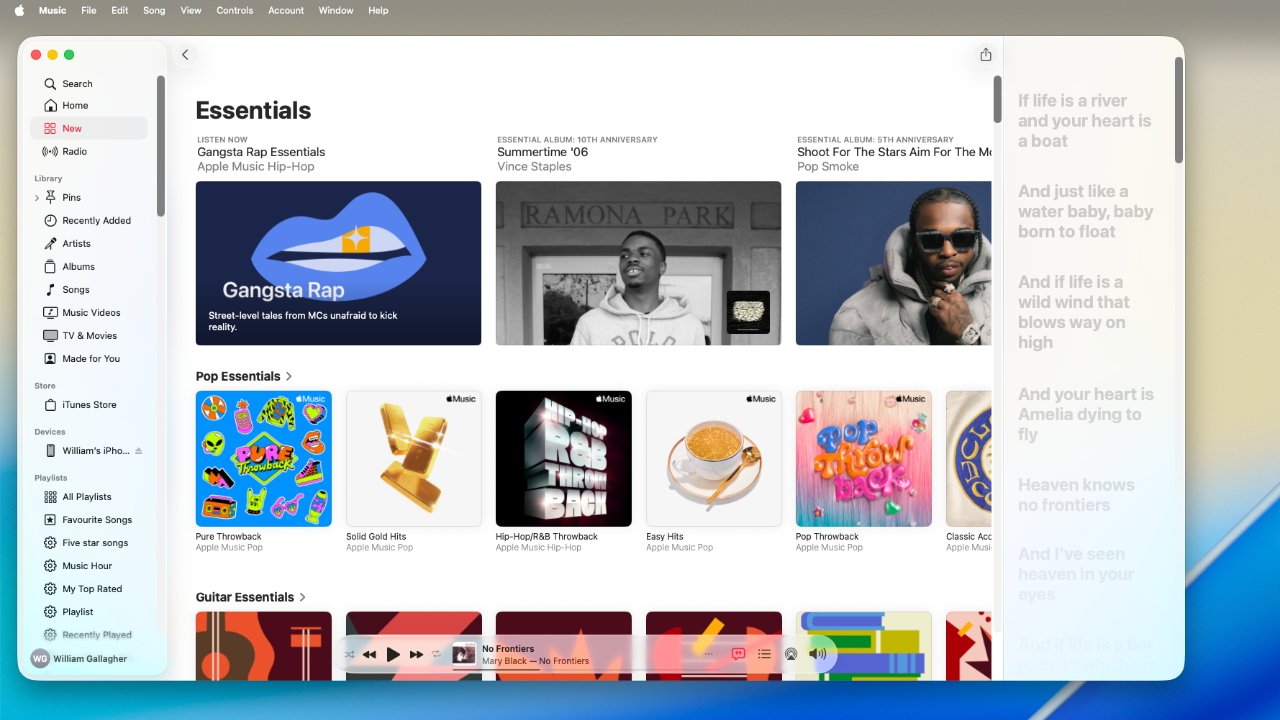 Human-curated playlists like the artist and genre Essentials series are a key benefit of Apple Music
Human-curated playlists like the artist and genre Essentials series are a key benefit of Apple MusicApple Music also launched with Beats 1, a 24-hour radio station, which by this tenth anniversary has broadcast non-stop for 87,672 hours. Or at least, the station has, even if its name was changed to Apple Music 1 in 2020 — when Apple also launched the further stations Apple Music Hits and Apple Music Country.
Expanding Apple Music
You can well argue that the Apple Music of 2025 is the same as it was in 2015. The service got so much right at launch that there has been no fundamental alteration in it since.
Except that Apple Music did aim to also be a social media platform, specifically one that linked fans to artists. Apple Music Connect was the service's only failure, and it was abandoned in 2019.
Really it was abandoned right from the start, but Apple did vaguely plug away at it for the first four years of Apple Music.
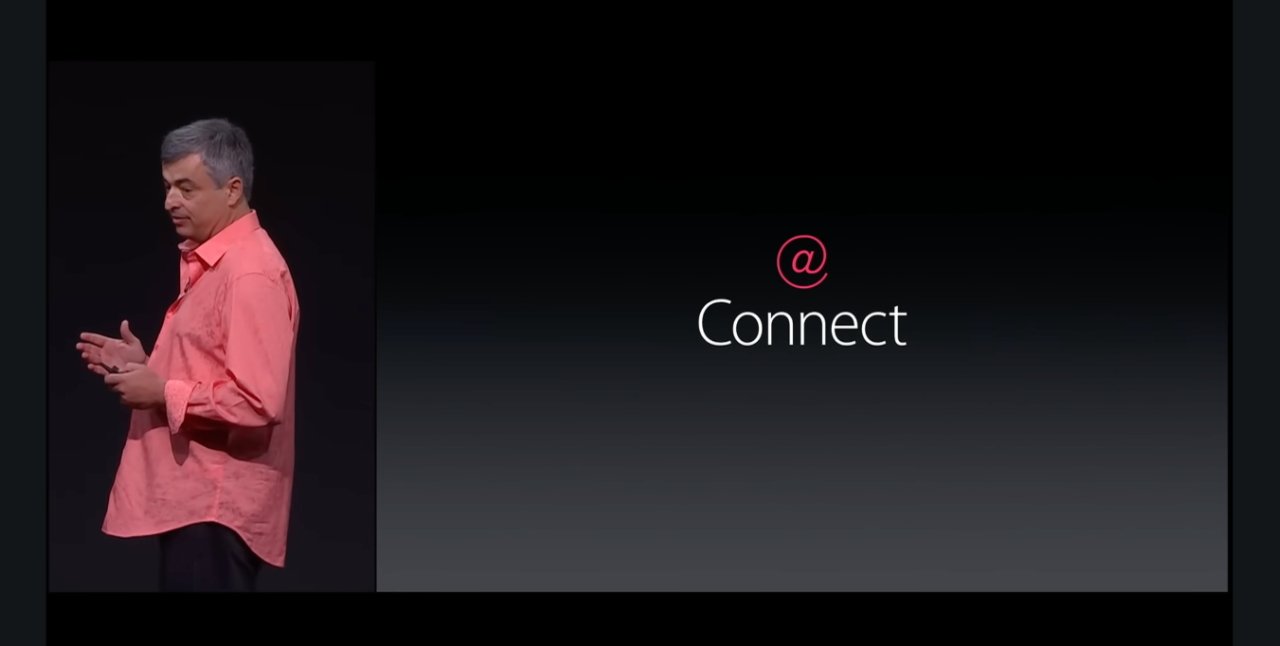 Eddy Cue tries to sell us Connect, the music social media platform that didn't take off — image credit: Apple
Eddy Cue tries to sell us Connect, the music social media platform that didn't take off — image credit: AppleTwo years later, Apple turned its attention to growing the audience for Apple Music by acquiring Primephonic, the classical music streaming service. In a rare move, Apple actually announced at the time that this was in order to create a new Apple Music Classical service.
Apple Music already had classical tracks, but they are much harder to catalog than your typical pop song. There are multiple versions of just about everything, for a start, and even the same conductor can have done two editions with the same orchestra over the years.
So Apple Music Classical promised to have searching that was much better attuned to what classical fans needed. It also promised to launch quite soon — and then didn't appear until 2021.
Even then, it only launched on the iPhone and that Apple Music Classical iOS app until 2021">was clunky. Anyone could download the app, but it only worked with a regular Apple Music subscription — then features like creating playlists required you to skip between the two music apps.
It has subsequently rolled out further, including to the web. As yet, it still isn't on the Mac, though.
Introducing Spatial Audio
Spatial Audio doesn't now appear to have paid off brilliantly, as it's possible that most Apple Music subscribers aren't even aware of it. But in 2023, it was a big deal for Apple — and it does make a difference to the music.
It also made a difference to artists. In 2024, it was revealed that Apple was incentivizing musicians and producers to rework their music for Spatial Audio, by paying them extra per stream.
The effect on some albums is not noticeable, on others it's more gimmicky, but on some it feels like it expands the audio around you.
And it was also a case of Apple trying to press music technology forward — without automatically raising the price. Not even when it added the whole extra Apple Music Classical side to its offering.
There have been price rises — Apple Music was originally $9.99 per month for the individual plan and in 2022 it rose to $10.99 per month.
But then, someone has to pay Apple for all the money it's given to the European Union in fines.
The EU arguably leads the world in regulating Big Tech firms and so many other countries and territories are trying to emulate it. But one thing it falls down on is believing Spotify when it claims that Apple has a monopoly in streaming music and is abusing it.
That perspective is why the EU decided to fine Apple $2 billion in 2024, and why Apple made a then-unusual public statement disagreeing with the European Commission.
 Apple Music today — playlists, Essentials, recommendations and the weekly lists such as Favorites and Heavy Rotation
Apple Music today — playlists, Essentials, recommendations and the weekly lists such as Favorites and Heavy Rotation"The primary advocate for this decision — and the biggest beneficiary — is Spotify, a company based in Stockholm, Sweden," said an Apple spokesperson at the time . "Today, Spotify has a 56 percent share of Europe's music streaming market — more than double their closest competitor's — and pays Apple nothing for the services that have helped make them one of the most recognizable brands in the world."
The future of Apple Music
Apple immediately appealed that fine and like every other legal case, it is certain to roll on for years. If there's one other certainty about the future, it is that Apple Music will continue.
But if there are two other certainties, the other is surely that Apple Intelligence will come to Apple Music. Most recently in June 2025, it was reported that AI would be used to generate Apple Music playlists.
However, alongside the human-curated ones that make the service distinctive, there have always been playlists made by algorithms. Every Tuesday for ten years now, for instance, there's been a new Favorites playlist for every user.
So it's not clear what more can come, but at least Apple does not seem to be standing still with Apple Music.
 William Gallagher
William Gallagher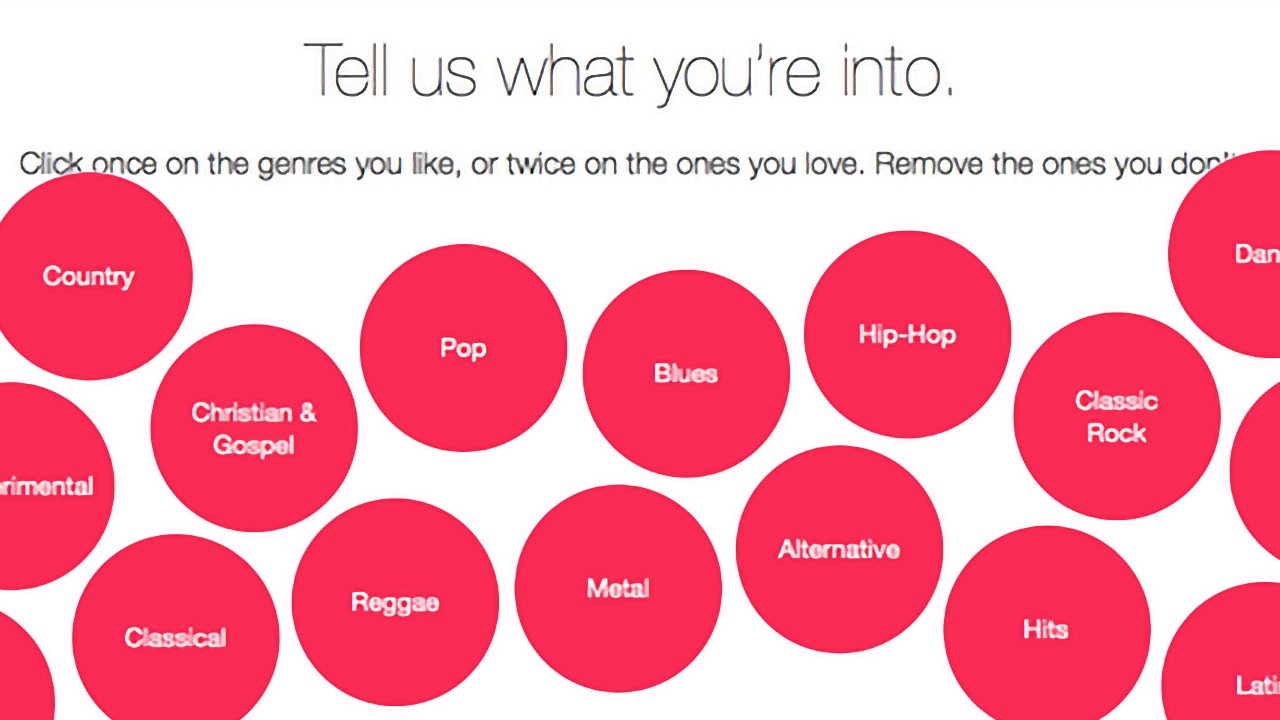
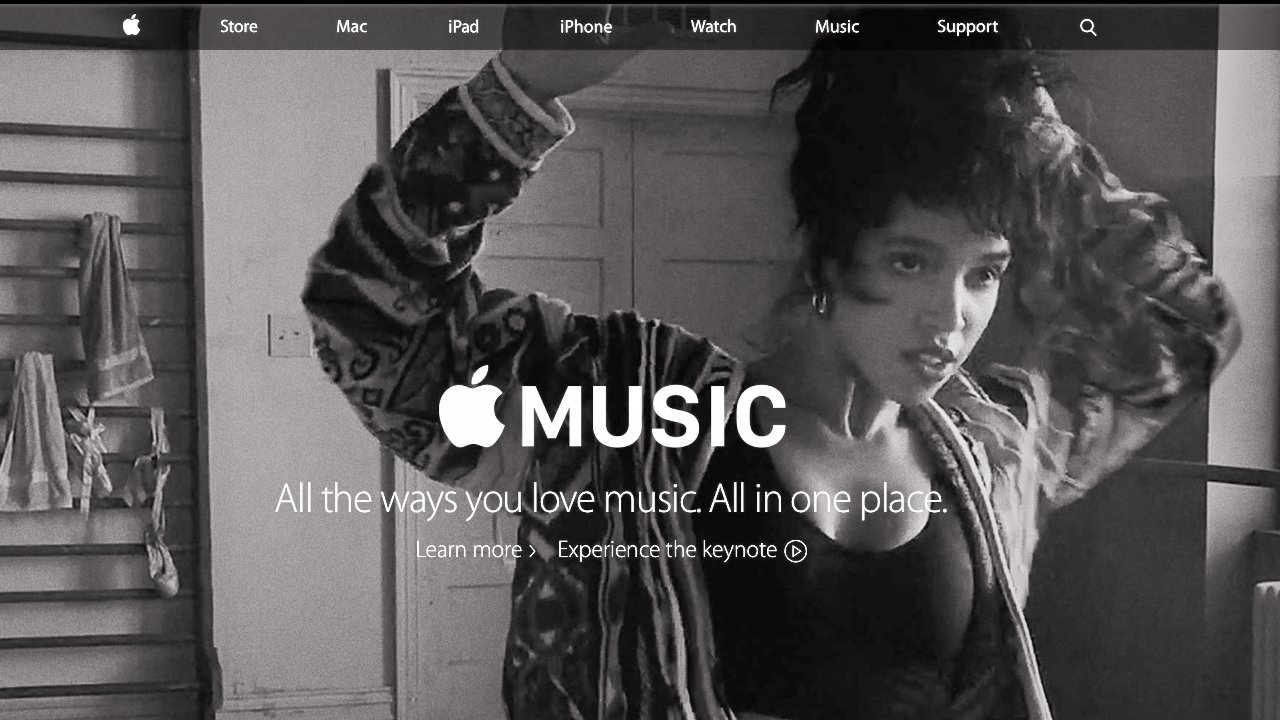
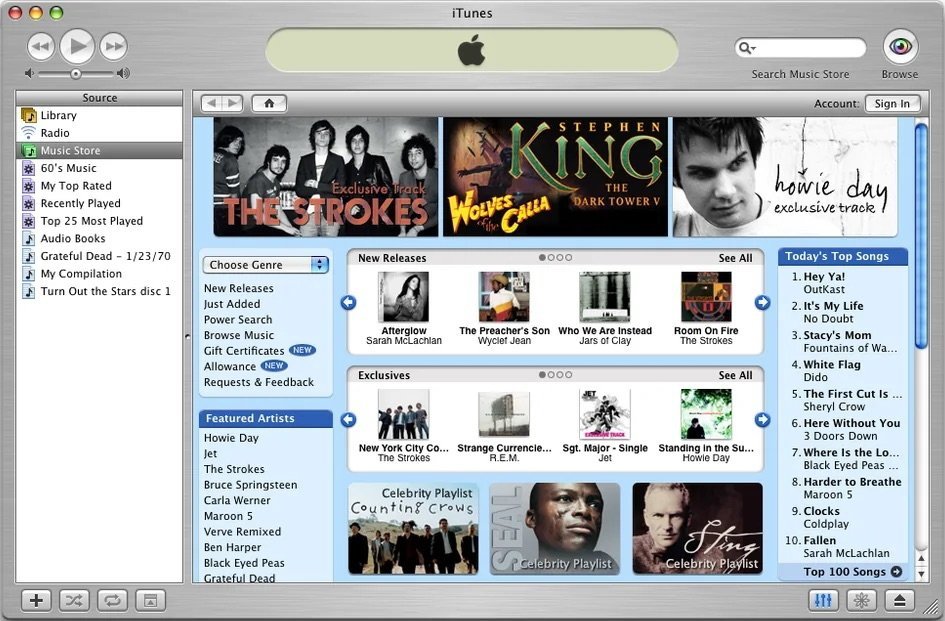
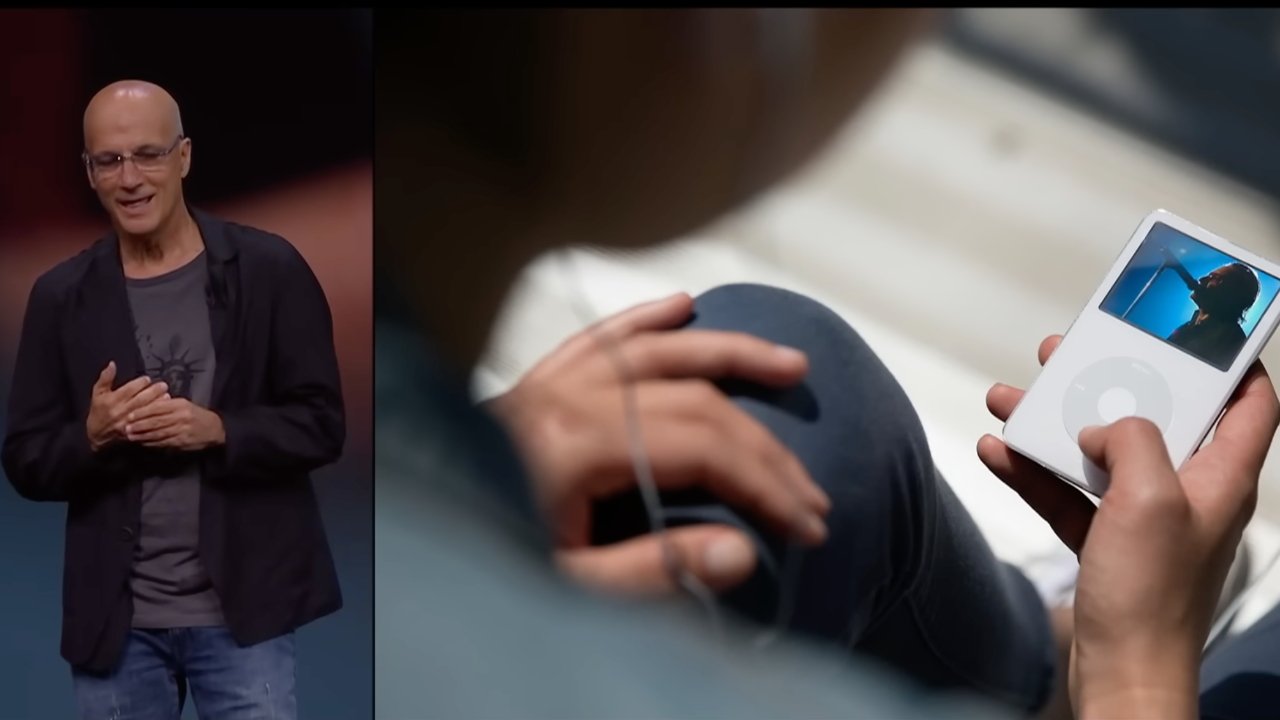
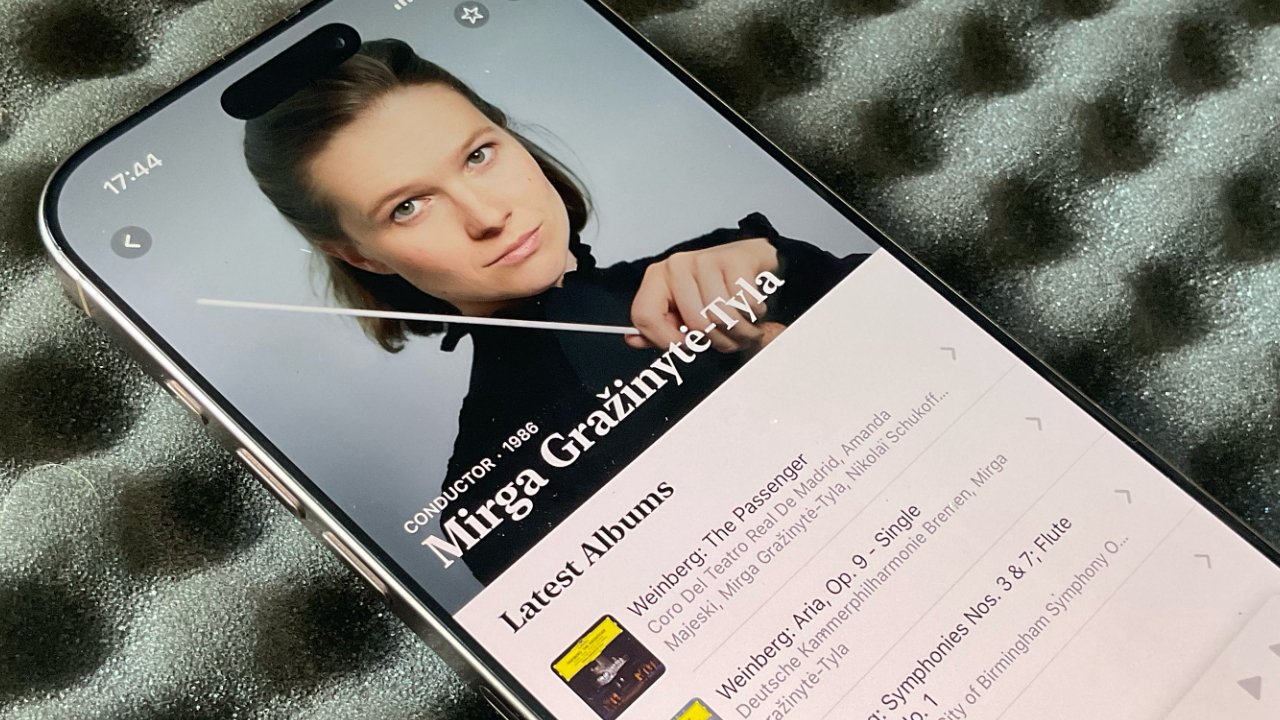

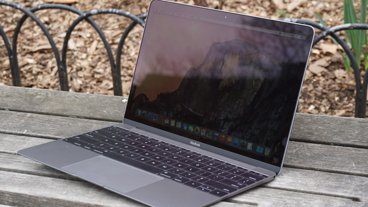

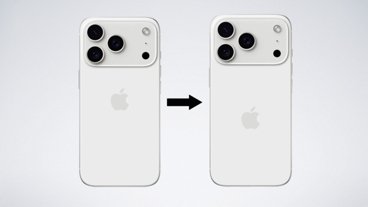

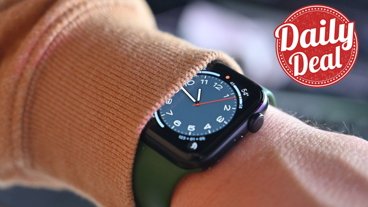


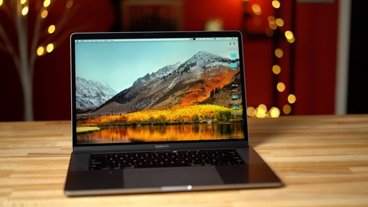
-m.jpg)
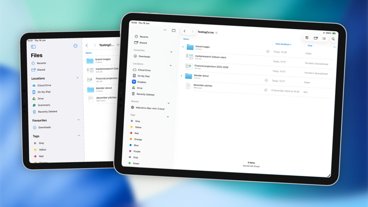

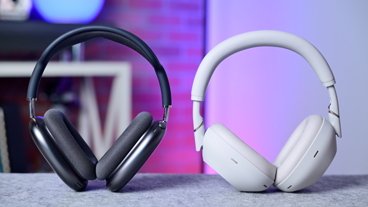
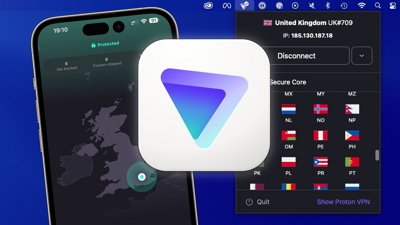
 Andrew Orr
Andrew Orr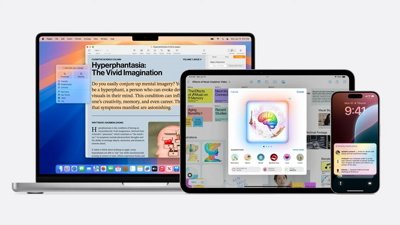
 Malcolm Owen
Malcolm Owen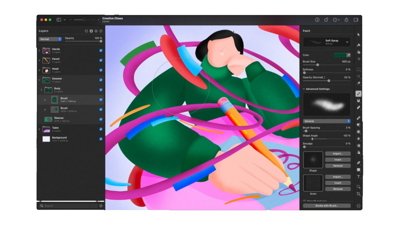



 Christine McKee
Christine McKee

 Andrew O'Hara
Andrew O'Hara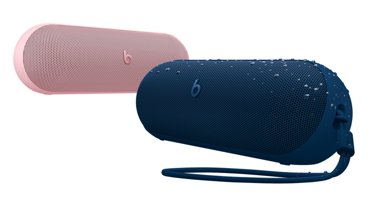



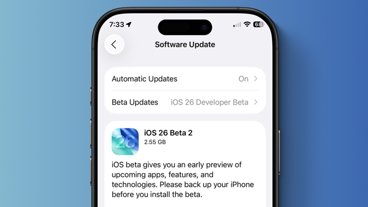
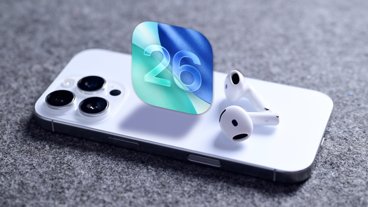




9 Comments
Family subscriber, streaming spatial audio on my Newer head sets. Loved older songs remastered to Dolly Atmos in my older homepods paired in stereo, original homepods still working by the way, :-)). Thank you Apple
By putting spatial audio capable gear into millions of pockets and (unlike the competition) releasing the format through Apple Music at no additional cost, Apple single-handedly standardized the format. Everybody else was already on the death-spiral path of restricting the audience by charging extra, which was disincentivizing creation of spatial audio content, which would narrow the audience even further, until the format would die on the vine. By putting the pieces together and giving people something they didn't realize they'd want, the format reversed course and took off. This continues to be how Apple succeeds where others flounder.
Pandora was really the first mainstream streaming service, it beat out Spotify by a few months. My memory is hazy but Spotify had very large holes in its music catalog for the first few years compared to Pandora. So I ended up using Pandora and waited a couple of years for Spotify to catch up filling out their catalog.
It's also worth pointing out that MySpace let you stream a few songs from musicians' profile pages. This was great for new artist discovery before the streaming music services like Pandora and Spotify existed. It was one of the first social networks and eventually went out of fashion because they didn't monetize it enough to drive growth.
Apple was able to push spatial audio as a category because they made their own audio devices. Once again, Alan Kay's "people who are serious about software make their own hardware" mantra comes into place. By controlling the whole stack iPhone-iTunes/Apple Music-AirPods Apple was able to take spatial audio beyond the gimmicky beginnings to something else.
Once again this shows that Apple really does consider itself a software company at heart. A company whose software and services run best on their proprietary hardware.
Was Ping considered a success?